Answered step by step
Verified Expert Solution
Question
1 Approved Answer
the leader they know from the break room. To bring your self-presentation into closer alignment, ask yourself: - In what situations do you feel most
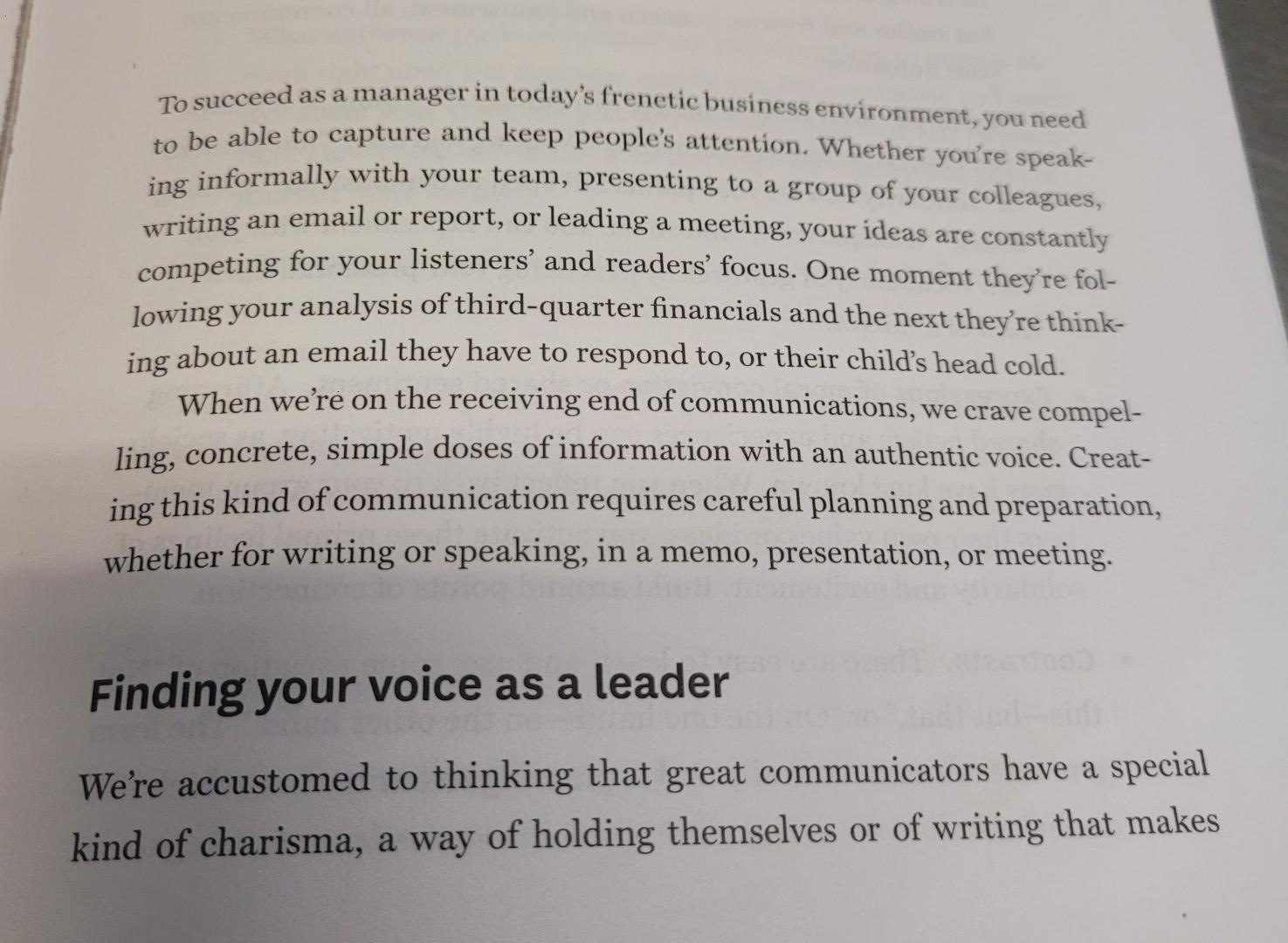
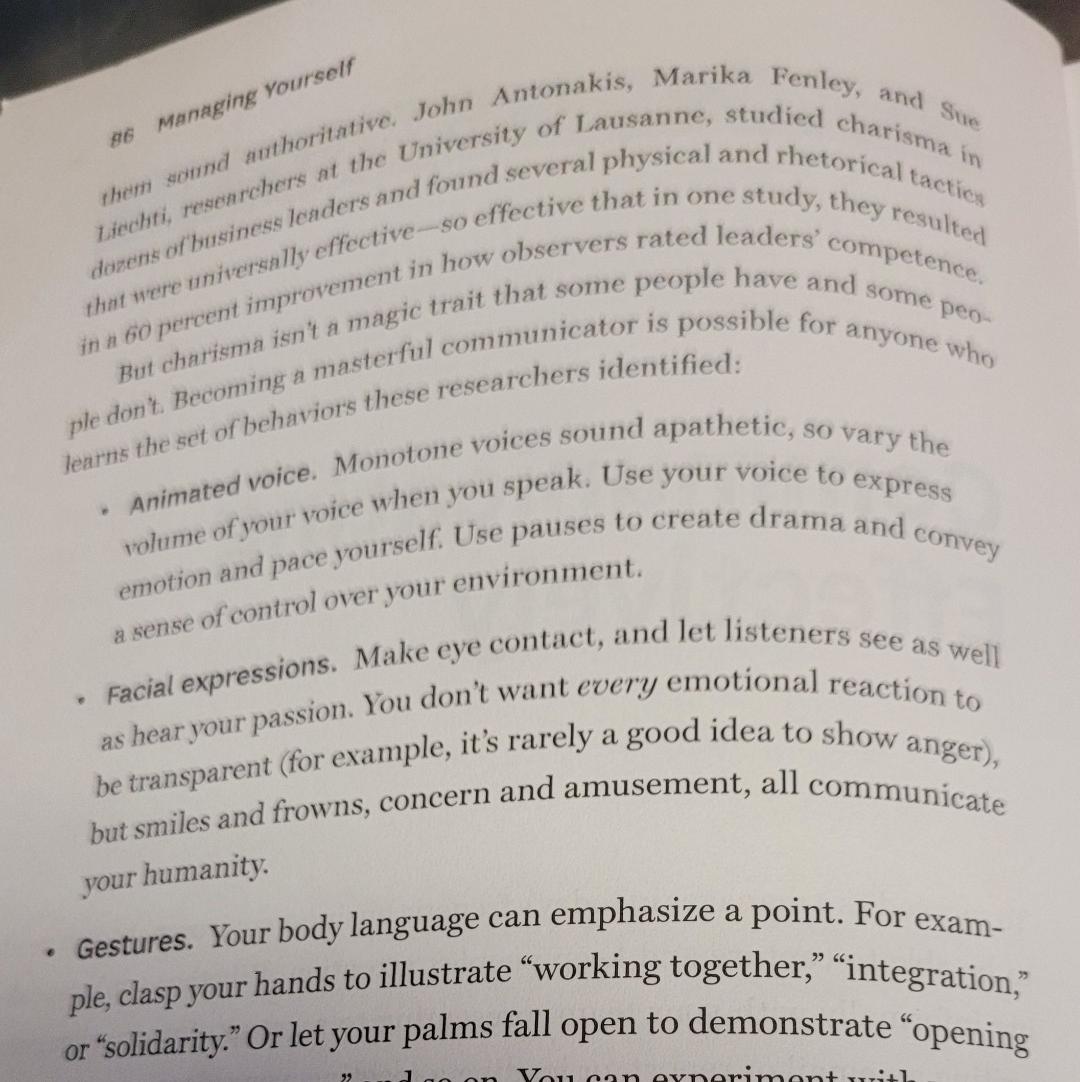
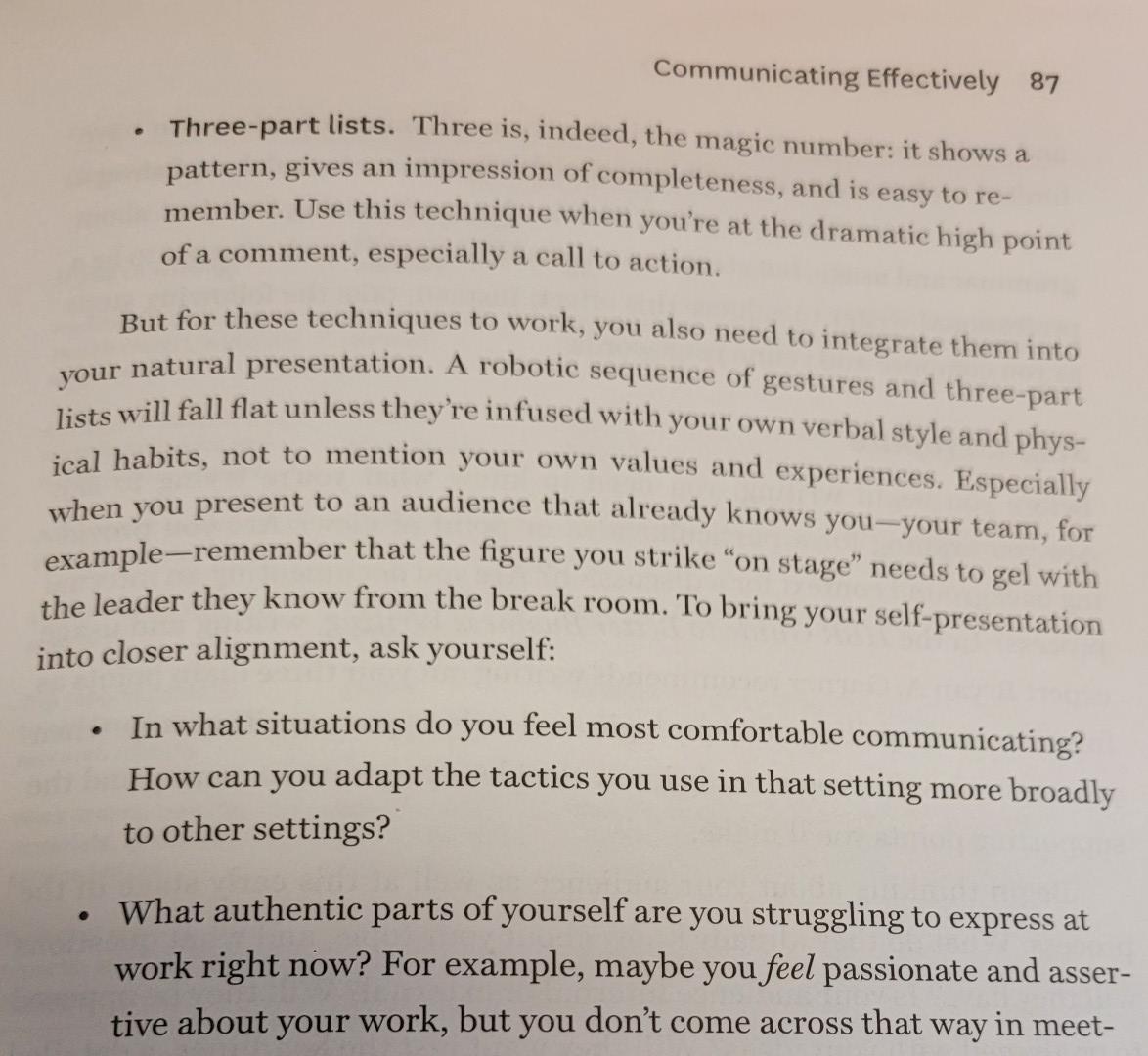
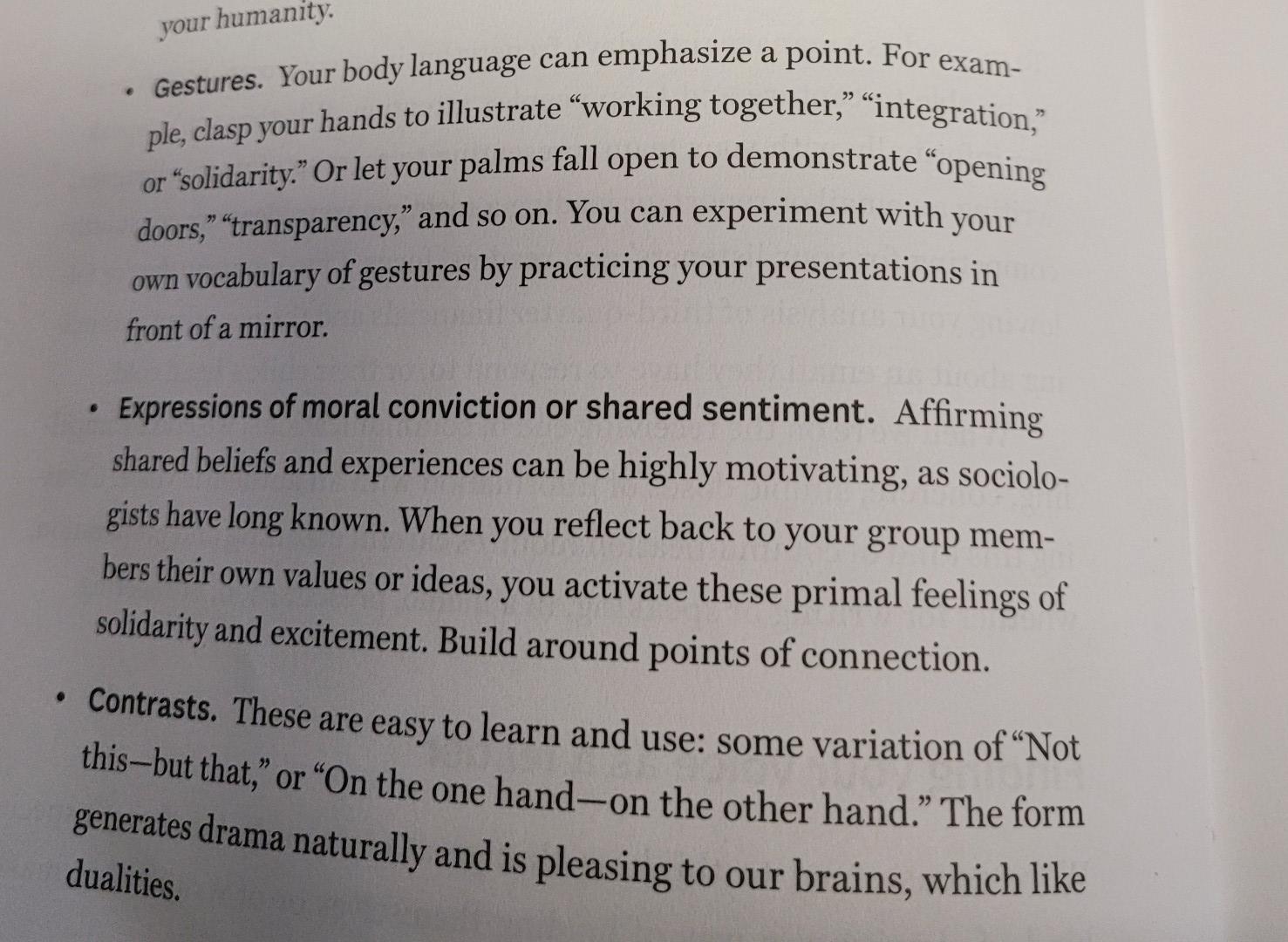
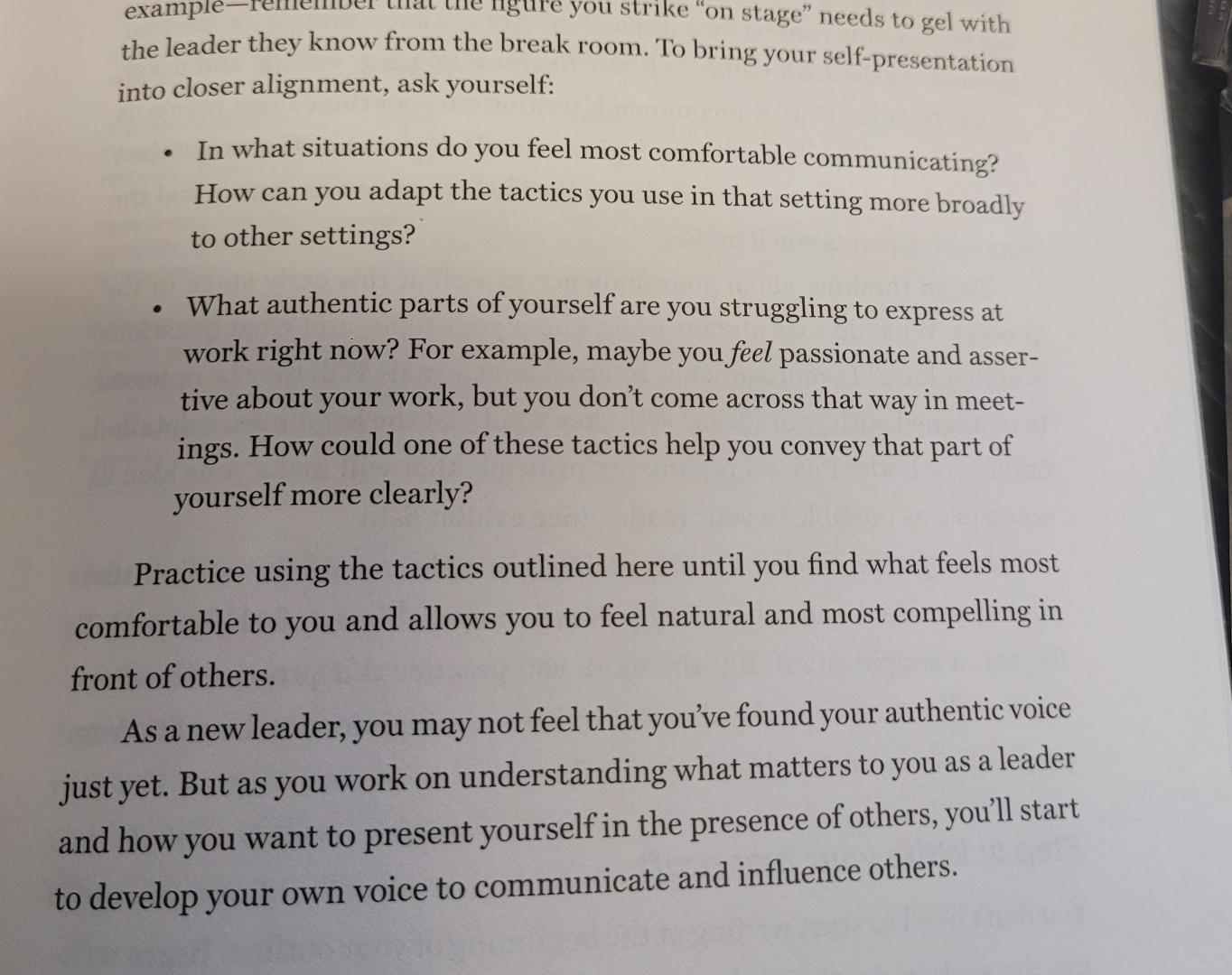
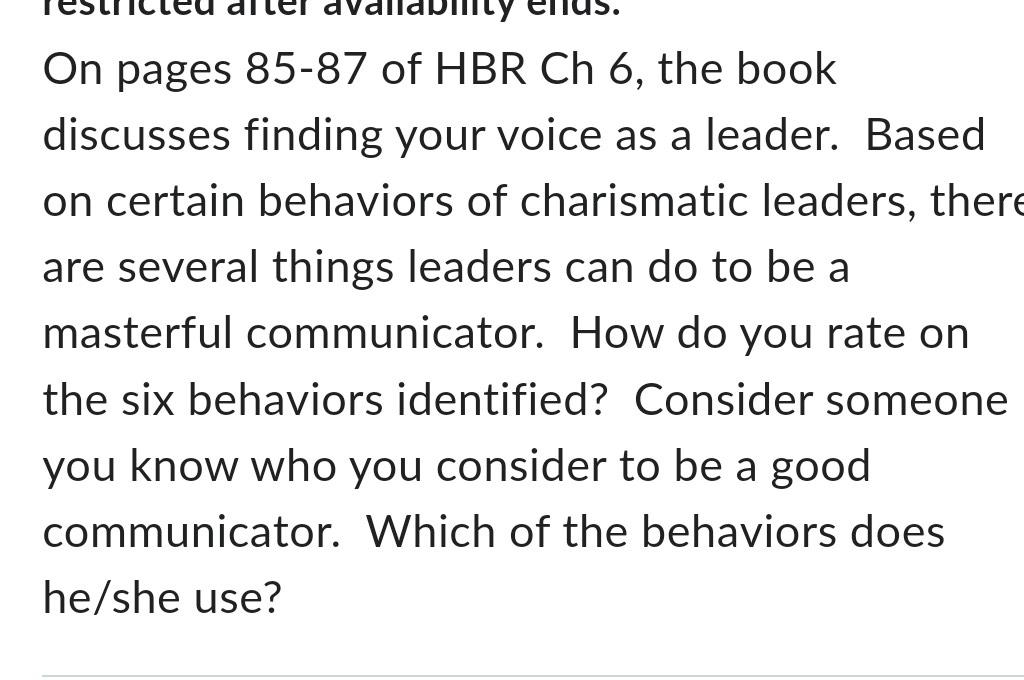
the leader they know from the break room. To bring your self-presentation into closer alignment, ask yourself: - In what situations do you feel most comfortable communicating? How can you adapt the tactics you use in that setting more broadly to other settings? - What authentic parts of yourself are you struggling to express at work right now? For example, maybe you feel passionate and assertive about your work, but you don't come across that way in meetings. How could one of these tactics help you convey that part of yourself more clearly? Practice using the tactics outlined here until you find what feels most comfortable to you and allows you to feel natural and most compelling in front of others. As a new leader, you may not feel that you've found your authentic voice just yet. But as you work on understanding what matters to you as a leader and how you want to present yourself in the presence of others, you'll start o develop your own voice to communicate and influence others. - Gestures. Your body language can emphasize a point. For example, clasp your hands to illustrate "working together," "integration," or "solidarity." Or let your palms fall open to demonstrate "opening doors," "transparency," and so on. You can experiment with your own vocabulary of gestures by practicing your presentations in front of a mirror. - Expressions of moral conviction or shared sentiment. Affirming shared beliefs and experiences can be highly motivating, as sociologists have long known. When you reflect back to your group members their own values or ideas, you activate these primal feelings of solidarity and excitement. Build around points of connection. - Contrasts. These are easy to learn and use: some variation of "Not this-but that," or "On the one hand-on the other hand." The form generates drama naturally and is pleasing to our brains, which like dualities. g6 Managing vourself Wiechiti. reserecters at the University of Lausanne, studied charisma in dazentis of business leaders and found several physical and rhetorical tacticas dazents of bu wersally effective-so effective that in one study, they resulted in a to were observers rated leaders' competence. But co percent imat a magic trait that some people have and some peo. ple dont Becoming a masterful communicator is possible for anyone who Jearns the set of behaviors these researchers ine voices sound apathetic, so vary the - Animated voice. Mon wou speak. Use your voice to express volume of your voice whe pauses to create drama and convey emotion and pace your your environment. a sense of control over expressions. Make cye contact, and let listeners see as well - Facial expressions. Mou don't want every emotional reaction to be transparent (for example, it's rarely a good idea to show anger), but smiles and frowns, concern and amusement, all communicate your humanity. - Gestures. Your body language can emphasize a point. For example, clasp your hands to illustrate "working together," "integration," or "solidarity." Or let your palms fall open to demonstrate "opening Communicating Effectively 87 - Three-part lists. Three is, indeed, the magic number: it shows a pattern, gives an impression of completeness, and is easy to remember. Use this technique when you're at the dramatic high point of a comment, especially a call to action. But for these techniques to work, you also need to integrate them into your natural presentation. A robotic sequence of gestures and three-part lists will fall flat unless they're infused with your own verbal style and physical habits, not to mention your own values and experiences. Especially when you present to an audience that already knows you-your team, for example-remember that the figure you strike "on stage" needs to gel with the leader they know from the break room. To bring your self-presentation into closer alignment, ask yourself: - In what situations do you feel most comfortable communicating? How can you adapt the tactics you use in that setting more broadly to other settings? - What authentic parts of yourself are you struggling to express at work right now? For example, maybe you feel passionate and assertive about your work, but you don't come across that way in meet- On pages 85-87 of HBR Ch 6, the book discusses finding your voice as a leader. Based on certain behaviors of charismatic leaders, ther are several things leaders can do to be a masterful communicator. How do you rate on the six behaviors identified? Consider someone you know who you consider to be a good communicator. Which of the behaviors does he/she use? To succeed as a manager in today's frenetic business environment, you need to be able to capture and keep people's attention. Whether you're speaking informally with your team, presenting to a group of your colleagues, writing an email or report, or leading a meeting, your ideas are constantly competing for your listeners' and readers' focus. One moment they're following your analysis of third-quarter financials and the next they're thinking about an email they have to respond to, or their child's head cold. When we're on the receiving end of communications, we crave compelling, concrete, simple doses of information with an authentic voice. Creating this kind of communication requires careful planning and preparation, whether for writing or speaking, in a memo, presentation, or meeting. Finding your voice as a leader We're accustomed to thinking that great communicators have a special kind of charisma, a way of holding themselves or of writing that make
Step by Step Solution
There are 3 Steps involved in it
Step: 1

Get Instant Access to Expert-Tailored Solutions
See step-by-step solutions with expert insights and AI powered tools for academic success
Step: 2

Step: 3

Ace Your Homework with AI
Get the answers you need in no time with our AI-driven, step-by-step assistance
Get Started


